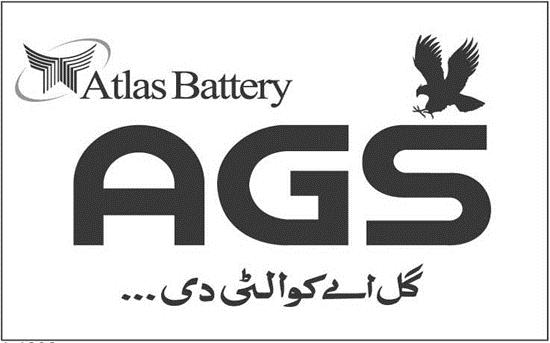
Last Updated on October 1, 2024 by Saddam Hassan Khan
Pakistan is one of the countries that have implemented the National Database and Registration Authority (NADRA) thumb verification system. The thumb verification system is a biometric identification system that is used by government agencies in order to identify citizens. The system was first introduced in 2006, and since then it has been used in various government institutions including schools, hospitals, banks, and other businesses.
The thumb verification system is based on iris recognition technology. In order to use the system, citizens must provide their fingerprints and their irises scanned into the database.
What is the NADRA Thumb Verification system?

The National Database and Registration Authority (NADRA) is the statutory authority responsible for the management of all citizens’ identification and registration records in Pakistan. In January 2017, NADRA began using a new thumb verification system to process citizen identification card applications. The system is designed to reduce fraud by ensuring that only eligible citizens are issued cards. To use the system, applicants must provide their thumbprints and a photograph.
How does it work?
The National Database and Registration Authority (NADRA) introduced the thumb verification system for the citizens of Pakistan on July 2, 2019. NADRA is a governmental institution that is responsible for maintaining the national identity database. The thumb verification system is a security measure that was implemented in order to reduce the chances of fraud. Citizens who want to update their information or register for new services must use the thumb verification system. The system requires citizens to print out their identification cards and scan them using a digital scanner.
Procedure
The National Database and Registration Authority (NADRA) has introduced a thumb verification system for the identification cards of citizens in Pakistan. The system will be used to complement the existing biometric identification system, which is based on fingerprints. The thumb verification system is being implemented in two stages. In the first stage, it will be used for the issuance of identification cards to citizens who do not have access to biometric identifiers. In the second stage, it will be used for the verification of identity documents, including passports and driver’s licenses.
The National Database and Registration Authority (NADRA) thumb verification system is a key security feature of the Pakistan registry. NADRA maintains a centralized database of all citizens and residents, which is used to verify the identity of individuals seeking to register for various services or documents. The thumb verification system provides an easy way for citizens to verify their identity by providing two copies of their thumbprints.
The National Database and Registration Authority (NADRA) was established in 2002 under the provisions of the National Identity Card Law, 2002. The Authority is mandated with issuing identity cards, conducting elections, maintaining national records, and participating in international cooperation. The NADRA has a mission to reduce bureaucracy and provide efficient and transparent services to citizens.
The NADRA system is designed to efficiently verify the cardholders by linking their biometric data with other government databases. This ensures that only verified individuals are able to access government services and resources.



